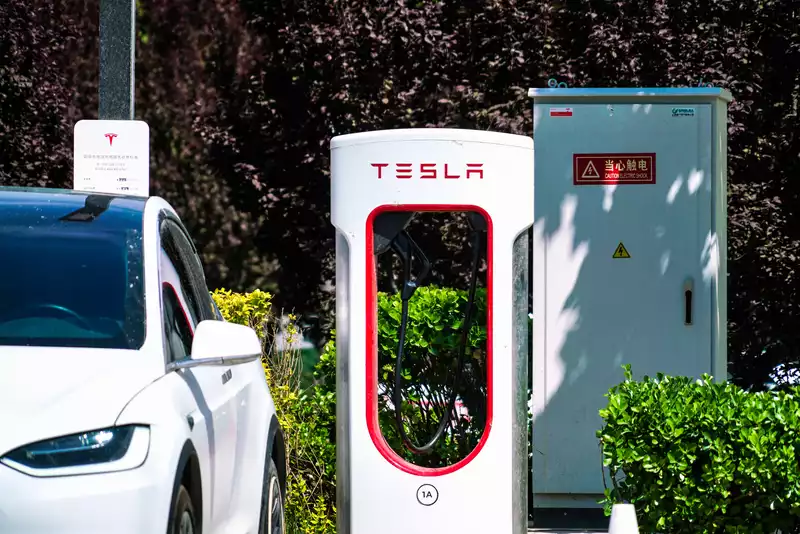What Elon Musk promised has come true. It is now possible to charge non-Tesla cars with the ultra-fast Tesla Supercharger. However, only if 10 Supercharging stations in the Netherlands are available.
This is a pilot scheme, intended to monitor congestion at the Supercharging sites and gather feedback from customers. For existing Tesla owners it will make little difference, but for EV owners around the world it is a big deal.
Tesla claims that "it has always been [Tesla's] ambition to open the Supercharger network to non-Tesla EVs and in doing so encourage more drivers to switch to electric vehicles." Apparently, this is tied to the automaker's goal of helping the world transition to more sustainable energy.
Moreover, as Tesla itself admits, more users of the Supercharger means that Tesla can expand its network faster.
For Tesla owners, Superchargers are as simple as driving to a free charging point and plugging in their car. Because each Tesla is tied to a specific account, Supercharger automatically knows who is paying for power without input from the app. [Non-Tesla drivers must download the latest version of the Tesla app (version 4.2.3 or higher) and select the "Charge non-Tesla" option. This will direct them to the nearest eligible Supercharger site.
These sites are located in Sassenheim, Apeldoorn Oost, Meerkerk, Hengelo, Tilburg, Duiven, Breukelen, Naarden, Eemnes, and Zwolle
The driver must first add their account, add a payment method to their account, and must select "Start Charging" after connecting their car. This process must be started in 2 minutes, checking which supercharger is connected.
Nevertheless, EV owners who have experience using public chargers will be familiar with this process. Almost all charging networks offer a similar experience, but expect Tesla's app to be a bit more stable than the software commonly used by many other networks.
Another caveat is that non-Tesla owners will have to pay more to use Supercharger. This "reflects the additional costs incurred to support charging a wide range of vehicles and the site's adjustments to accommodate these vehicles. Fees vary from site to site and may include an idling fee.
Also, only Dutch drivers can plug in and charge, so those driving EVs across the border from Belgium or Germany will have to plug in elsewhere.
Superchargers in Europe are equipped with CCS charging cables. This is not a major issue since most non-Tesla vehicles also use CCS. Nissan Leaf owners cannot use the car's CHAdeMO fast charging port, though.
However, Tesla in the US uses its own charging port, meaning that owners of non-Tesla cars will need an adapter if non-Tesla charging comes to the US.
However, Elon Musk has already committed to opening up Superchargers around the world, and it will only be a matter of time before this pilot expands beyond the first 10 locations. This is especially so because Tesla needs to ensure that its own customers are not adversely affected by this move.
For non-Tesla drivers, it does not matter how convenient the addition of new charging locations will be. The Supercharging network is a huge bonus for anyone who buys a Tesla, and their needs will always come first.
With more than 25,000 Superchargers worldwide, more than 6,400 of which are in the U.S. alone, this is a huge step forward, not only expanding the number of fast chargers available to EV owners, but also allowing third-party charging networks to improve their own services It should give them the kick-start they need.










Comments